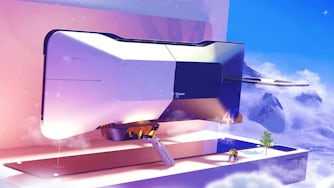Hollywood turns electric: can EVs light up the silver screen?
Hollywood stars come and go. Hollywood cars are the same. The vehicles we see on the big and small screen can make their mark on our consciousness, but they can also slip by almost unnoticed. When they do create that lasting resonance, they take on a character of their own, creating a legacy that never fades. After Polestar 3 appeared in the HBO hit series Succession, we spoke to Hollywood insiders to find out if an electric car can reach that same level of fame.
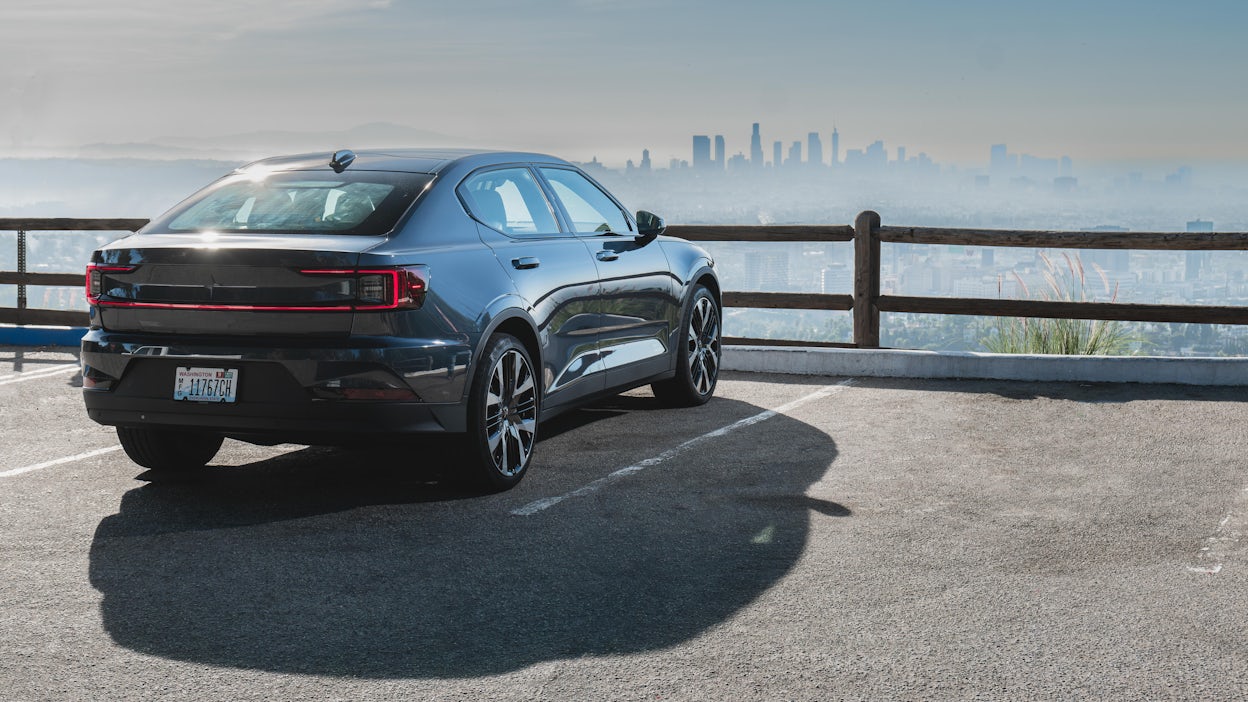
Cinema and television history serves up a long list of cars that rival their co-stars for top billing. Think of Batman and you picture the Batmobile, a military-grade vehicle screeching through the streets of Gotham. Back to the Future created a cultural phenomenon, but where would Marty McFly and Doc Brown be without the DMC DeLorean? Steve McQueen became the epitome of on-screen charisma, but it was arguably the 1968 Ford Mustang GT ´Bullitt´ that helped get him there.
The Petersen Automotive Museum sits proudly in midtown Los Angeles and plays a central role in telling the story of the automotive industry and its influence on popular culture. Its curator, Jonathan Eisen, is of the opinion that the best movie and TV cars say something about the character they belong to.
"Because cars are so ubiquitous, it's a shorthand for the character we will be looking at. A man driving a minivan, that's a family man and we can tell that in one second. A beat-up old Pinto will tell us more about somebody than ten minutes of dialogue. That's been the case for a long time. From Laurel and Hardy, driving an old jalopy through to The Fast and The Furious, a car is an extension of a character's personality."
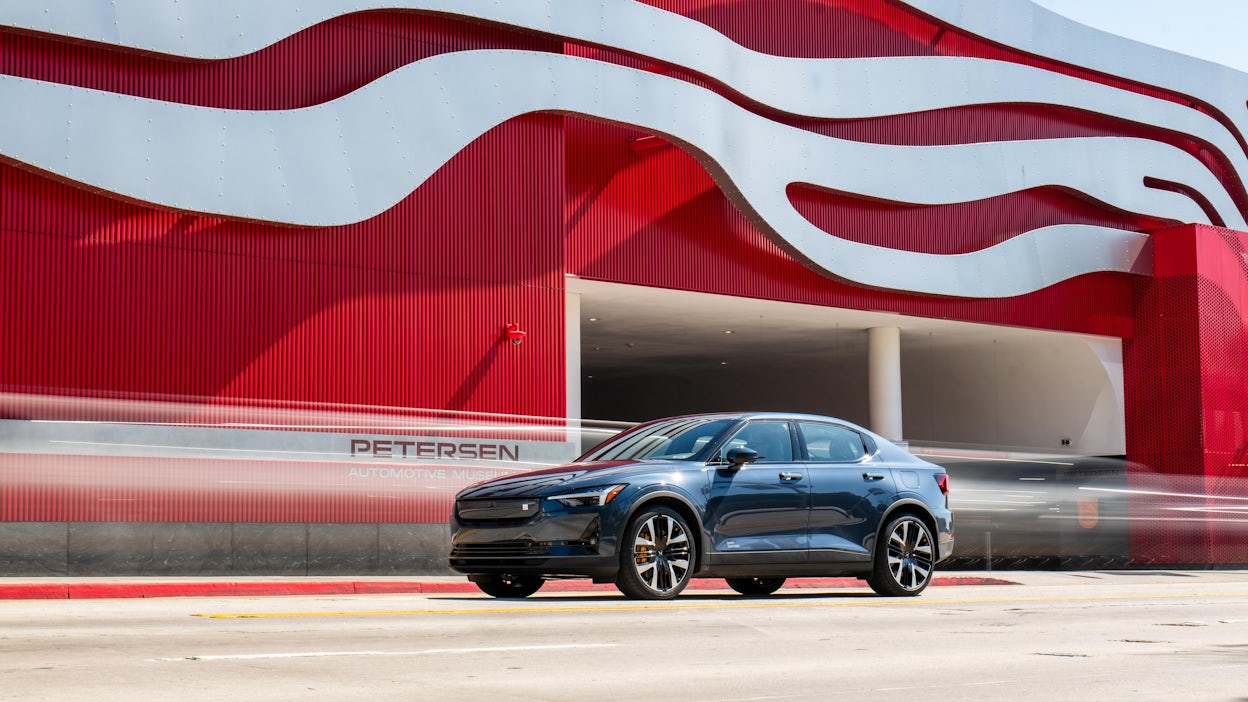
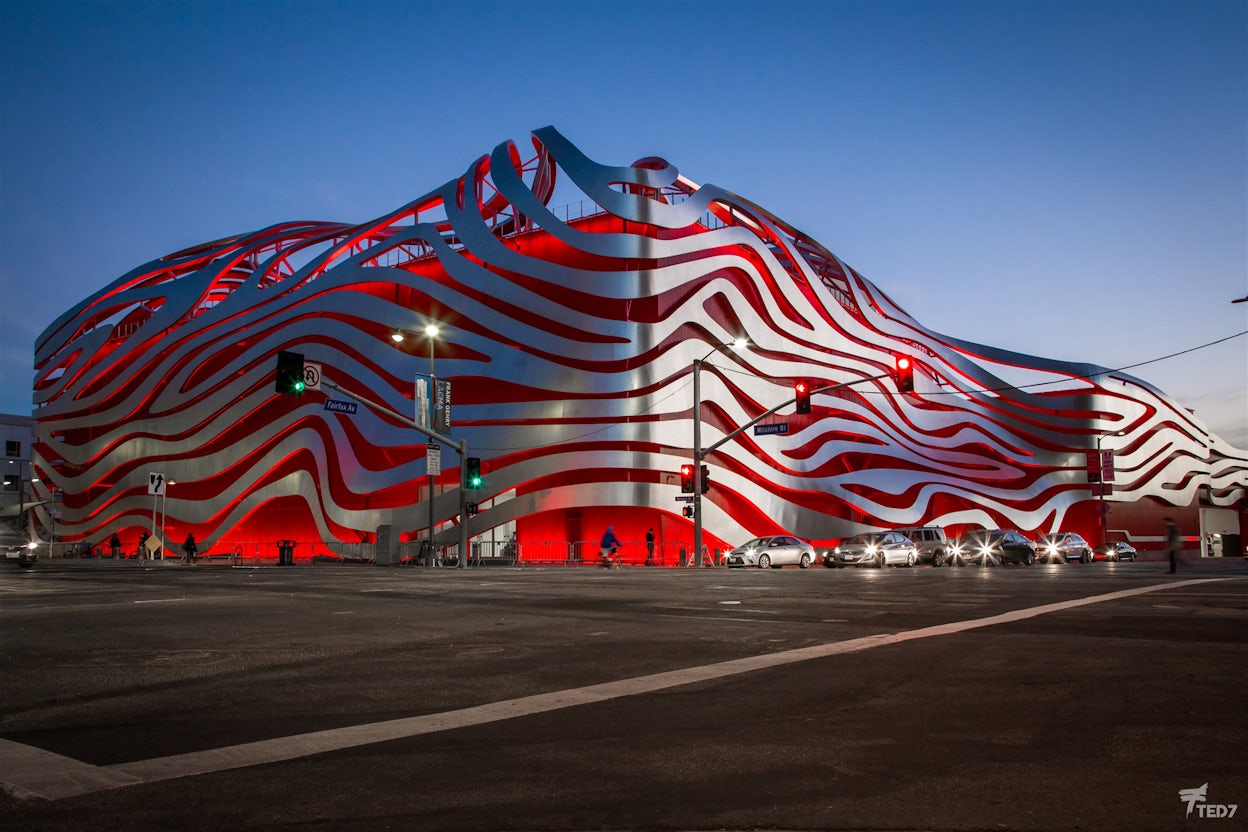
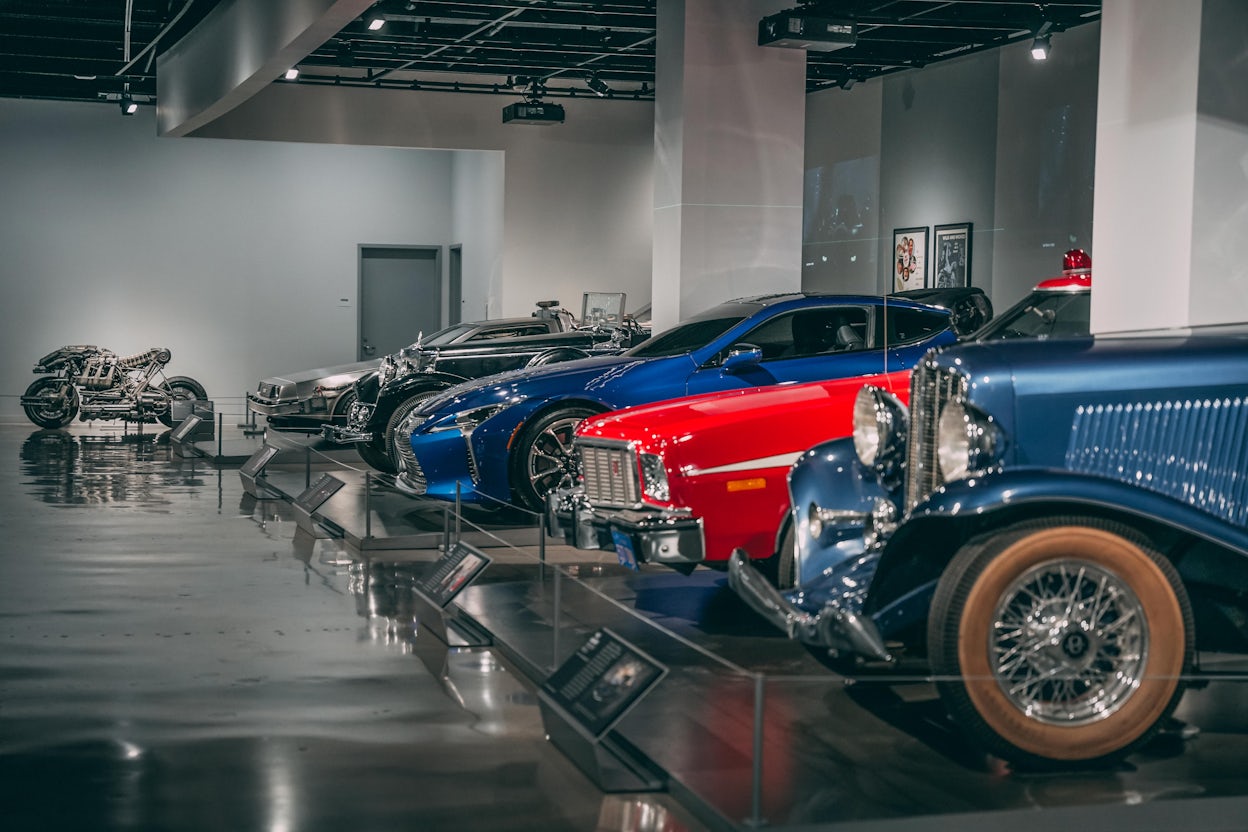



01/03
The automobile has always been a big part of the on-screen story, but with a shifting cultural landscape and environmental considerations now top of mind, it's clear that electric cars are becoming increasingly central to the plot.
A recent study found that in the last five years, appearances of electric vehicles on our screens were up over 140%. Eisen believes that this recent upturn can clearly be seen in how electric cars are now portrayed in popular culture.
"In the '80s or '90s, electric cars were a source of comic relief. It certainly had a lot to do with the type of electric cars that were available but when using a car to reflect a person's personality, the person who drove the electric car was always a weirdo. But nowadays, electric cars in popular culture have just become a normal thing. An electric car is no longer necessarily a statement anymore. It's just a car because they're part of life now."
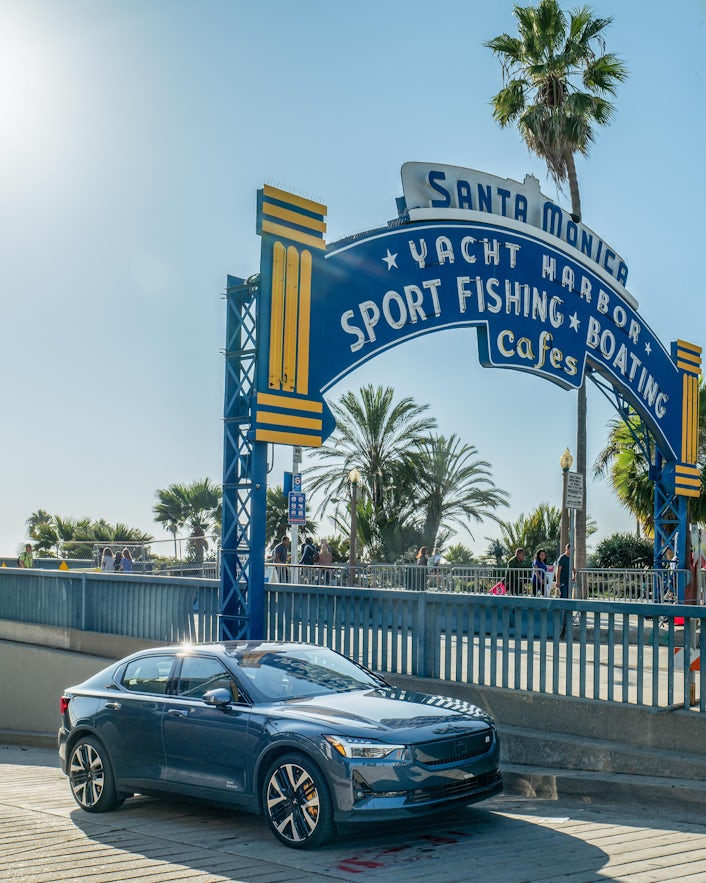
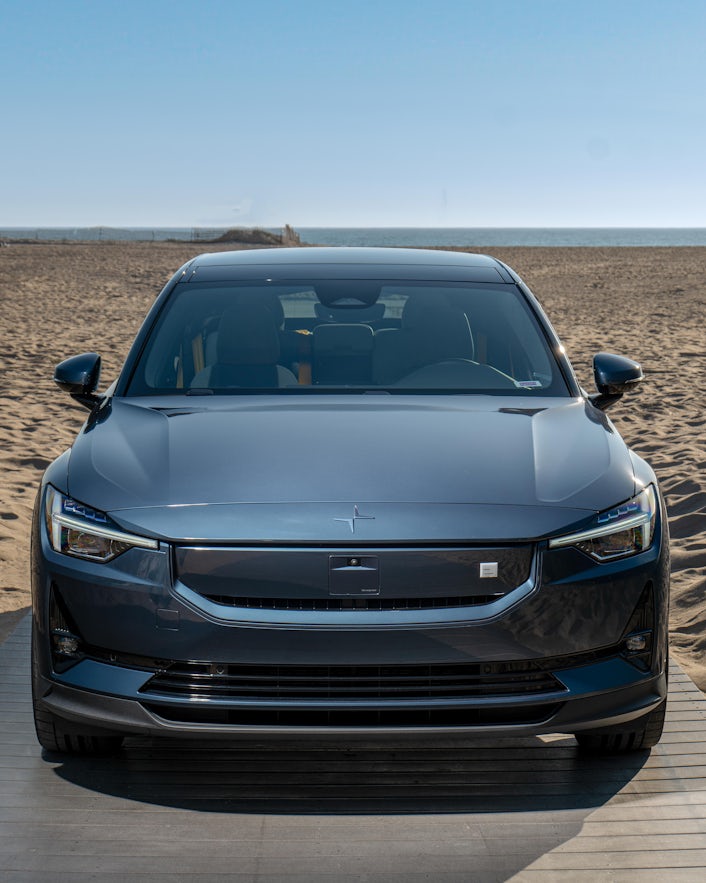
When it comes to cars and popular culture. They're both following each other.
2023's biggest movie event has been the release of Barbie. The film has already surpassed the billion-dollar mark at the box office and it's no coincidence that the main characters in the movie drive electric cars. A custom electric 1956 Corvette for Barbie and an EV Hummer for Ken. The signs point to a transition under way in the entertainment industry, but are producers and scriptwriters consciously going electric when given the choice?
Automotive correspondent Jon Alain Guzik writes for the Hollywood Reporter and sees a distinction between creative choices and product placement . While marketing departments and studio execs are known to have close relationships, studios are conscious of including obvious product placement. Guzik thinks this is especially true when it comes to sustainability: "From everyone I've spoken to, from writers and directors to producers, it has to be in the service of the show as opposed to it being shoehorned in ."
Branded deals and partnerships between automotive brands and media companies are nothing new but the increased focus on EVs and sustainability is. This year's Super Bowl commercial featuring Will Ferrell announced the partnership between General Motors (GM) and streaming giant Netflix and their "Entertain to Sustain" initiative, which promotes the use of electric vehicles.
The on-screen popularity of EVs is growing, but is it possible that the world created through TV and movies is helping to shape a more sustainable world or is it the other way around? Guzik thinks it's both.
"When it comes to cars and popular culture. They're both following each other. Cars reflect what's going on in modern culture, and then movies and films create a hyper-attenuated version of what modern culture is, and it sets the stage. Especially in the States, there's a heightened interest in not just EVs but sustainability as a whole. So, if people are really interested in movies and sustainability, then of course they're going to feature a lot more EVs and sustainability focuses within these pieces of pop culture."

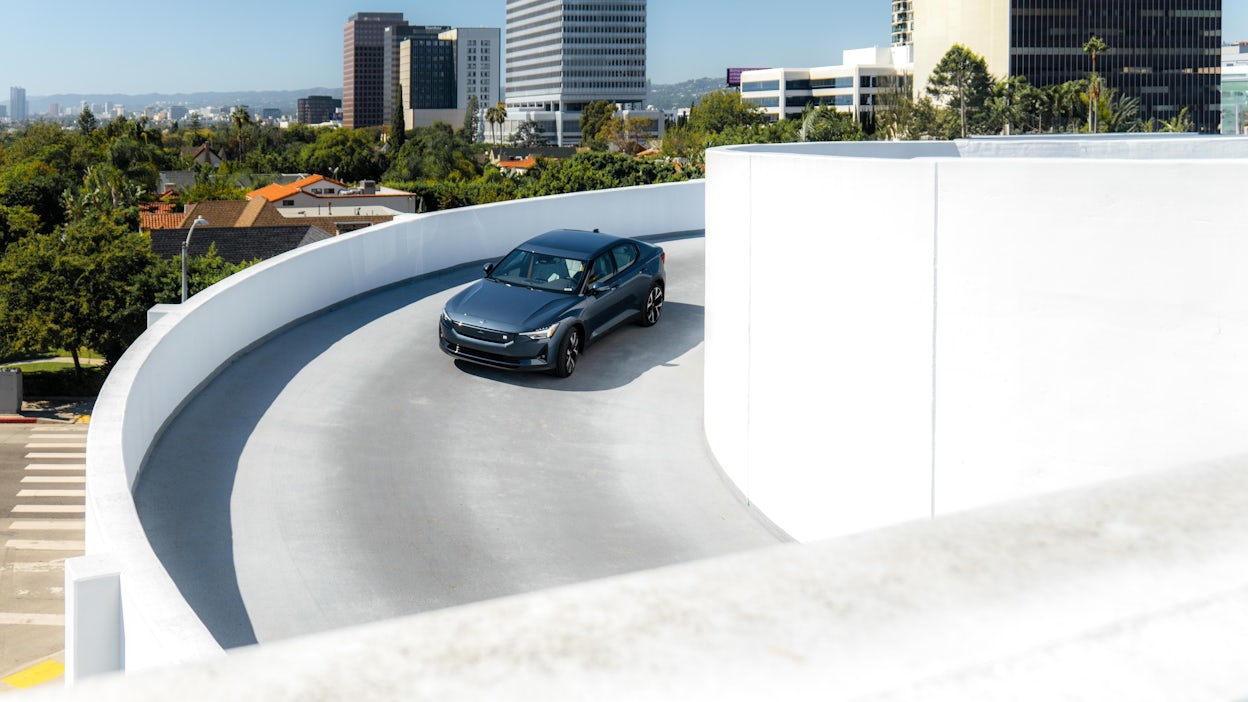


01/02
California has one of the most progressive climate action policies in the U.S. In many ways the state is ground zero for sustainability. The majority of the U.S. entertainment industry and its writers still reside in Los Angeles and for Guzik it is clear to see this influence in the work that is produced.
"If you're living in a culture, especially in Hollywood where people are driving EVs and charging their cars, and putting solar panels on the roofs and batteries in their houses, it's going to filter into whatever you're writing."
The electric car is clearly making its arrival on our screens. The question now is how long we will wait for the first EV star—the car that becomes a character and creates a screen legacy? Does Guzik see this happening soon?
"We haven't hit that yet. Maybe the next couple of years. I think as soon as you see Dom Toretto in like Fast and the Furious 14 driving like an electric dodge, then I think maybe that'll work, but we're not there yet."
